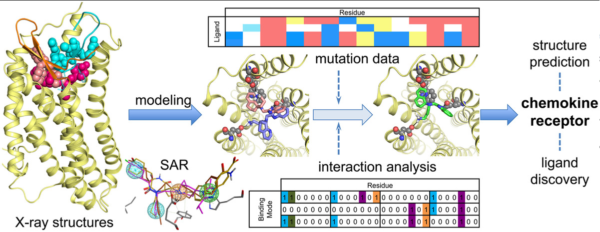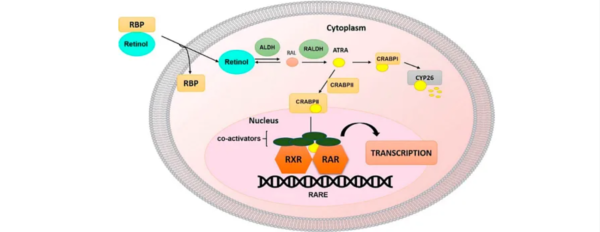Steroid-like compounds, such as glucocorticoids and androgens, play essential roles in a variety of physiological processes, including immune regulation, metabolism, and reproductive function. Dysregulation of steroid biosynthesis and signaling pathways has been implicated in numerous diseases, ranging from cancer to autoimmune disorders. This article explores the design and development of inhibitors targeting steroid biosynthesis and signaling pathways. By elucidating the mechanism of action of steroid-like compounds and the pharmacological properties of inhibitory molecules, we highlight the potential of these compounds as drug targets in various diseases.
Steroid-like compounds, such as glucocorticoids and androgens, belong to the class of lipids and represent some of nature’s most potent regulators. These compounds are involved in a wide range of physiological processes, such as immune homeostasis, glucose homeostasis, and reproductive function. Aberrant steroid biosynthesis or signaling can lead to various diseases, such as endocrine disorders, metabolic diseases, and cancers. The development of inhibitors targeting steroid biosynthesis and signaling pathways holds therapeutic potential across numerous disease areas.
Mechanism of Action:
Steroid-like compounds bind to their cognate receptors, mainly transcription factors, and modulate gene expression through genomic and non-genomic mechanisms. These receptors are located in the cytoplasm and/or the nucleus, depending on the steroid type. Upon binding, steroid receptors translocate to the nucleus, where they modulate gene expression by binding to DNA regulatory elements. Steroid biosynthesis involves multi-step enzymatic reactions, providing several opportunities for inhibitory molecule design.
Inhibitor Design:
As steroid receptors and biosynthetic enzymes play essential roles in numerous diseases, identifying and designing inhibitors have significant therapeutic implications. The development of specific inhibitors that target these enzymes and receptors can lead to potent and selective therapeutic agents. Rational drug design strategies, such as molecular docking and structure-based drug design, have been employed to identify molecules with high affinity, selectivity, and optimal pharmacokinetic profiles for pharmaceutical development.
Pharmacological Properties:
The pharmacological properties of steroid-like compound inhibitors define their potential as therapeutic agents. For example, the half-life of inhibitors, their solubility, and stability, affect their pharmacokinetics and pharmacodynamics. Additionally, different inhibitors may target specific steps in the biosynthesis or signaling pathway and exhibit varied efficacy and safety profiles. Finally, the adverse effects of non-specific inhibition require careful consideration when designing inhibitors.
Therapeutic Applications:
Steroid-like compound inhibitors hold immense potential as therapeutic agents in several disease areas. In oncology, inhibitors targeting hormone synthesis or signaling pathways are used in the treatment of prostate cancer and breast cancer. In autoimmune disorders and chronic inflammatory diseases, glucocorticoid receptor antagonists have shown efficacy in suppressing inflammation by shaping immune responses. Furthermore, inhibitors of androgen biosynthesis or signaling pathways may provide therapeutic benefits for endocrine disorders and prostate cancer.




